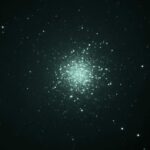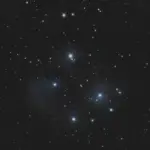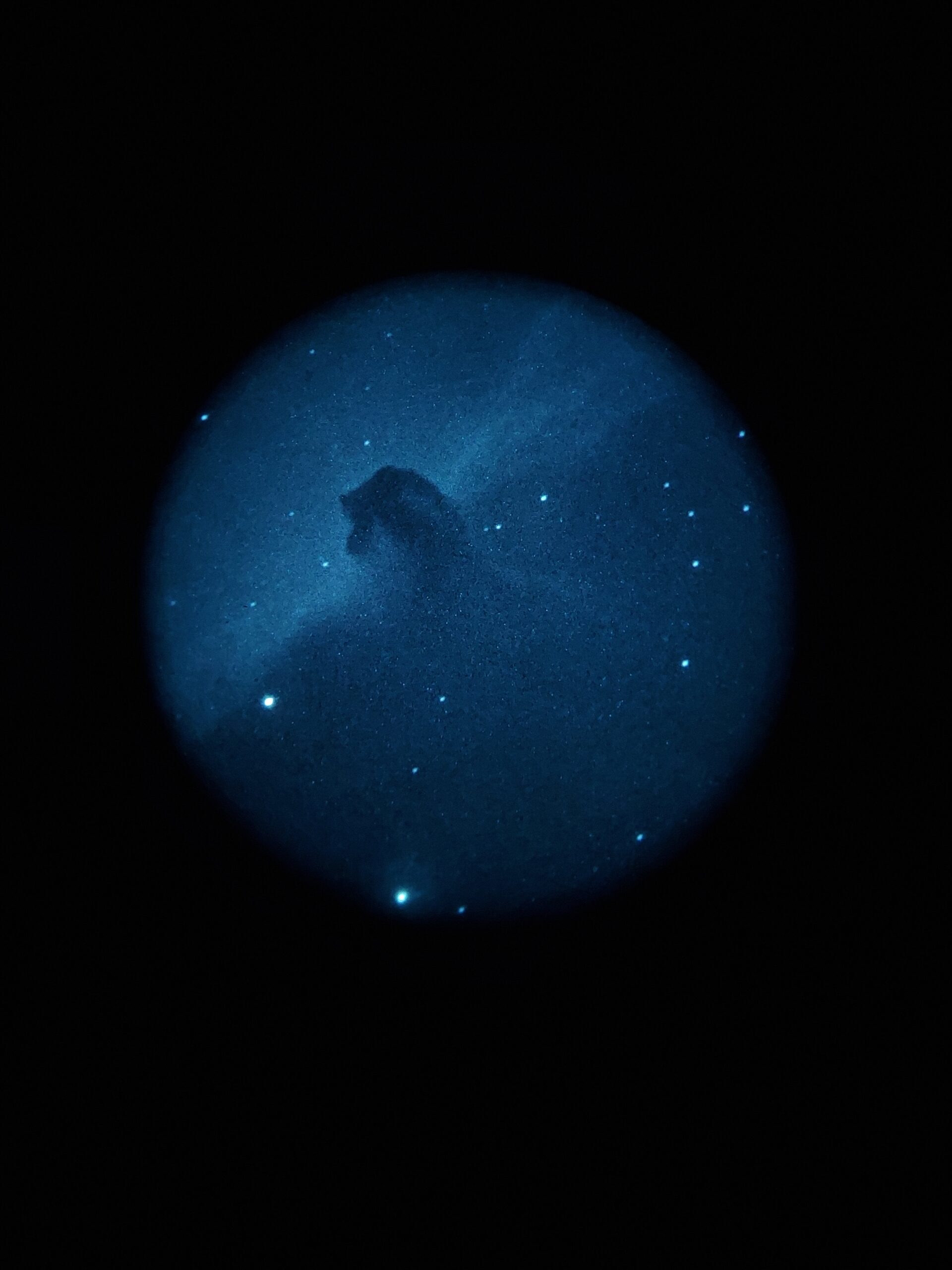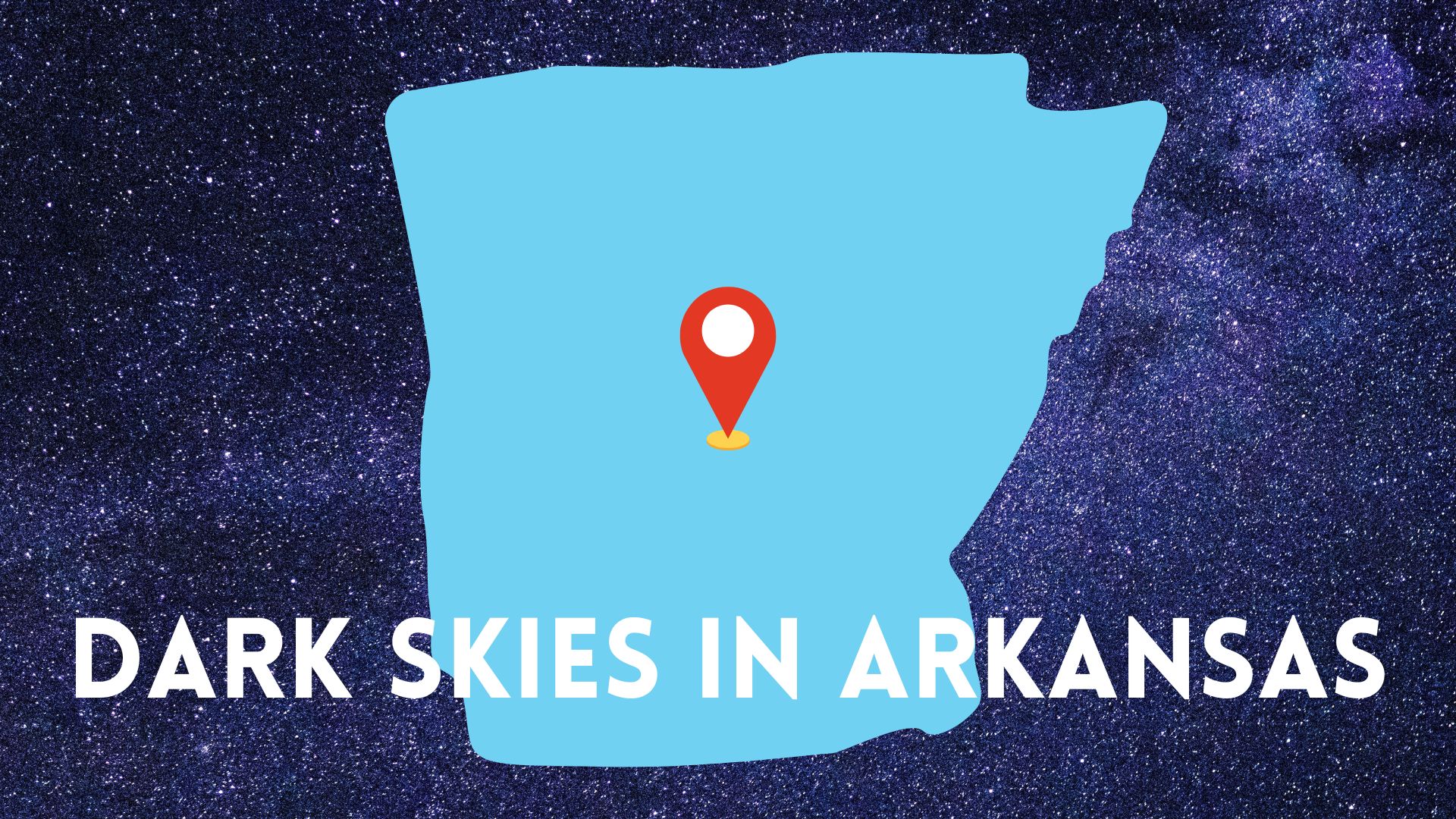The Dumbell Nebula is a planetary nebula which is also called Messier 27.
It is more than 1,200 light years away.
The Dumbbell nebula is visible in the Northern Hemisphere in summer and spring. It is located in the Vulcapula constellation.
The Dumbbell Nebula is a planetary nebula which means that it is formed by the gas being emitted from a dying red giant.
Despite the name, these nebula are not related to the birth or death of a planet, but rather a star.
The dumbbell nebula looks like a dumbbell through most telescopes, but if you have a high quality telescope in very dark skies you can see the round shape that makes the nebula look more like an apple core.
It can also look like a sphere.
The dumbbell nebula is located in a rich star field, and it is a beautiful object to see.
When I first observed it I was struck by how it stands out as a large object in a field of similarly sized stars.
In good conditions with an OIII filter or UHC filter you may be able to make out the blue colors of the nebula.
In long exposure images the blue is much more pronounced.
Using night vision or other image enhancing technology and a hydrogen alpha filter it’s striking. Read more about Night Vision Astronomy, start with my gear page.

This is one of my first images with my night vision tube and a UHC filter. You can see the distinct shape that gives this object its name.
This is a popular amateur astronomer target.
When doing outreach I’m sure to include this on the list.
It is worth mentioning that there is another object, Messier 76 or The Little Dumbbell Nebula that looks very similar, but is smaller. It is located in the Persius constellation.
How to Find the Dumbbell Nebula
I recommend that you use your lowest power eyepiece (sometimes called your finder eyepiece) to locate the dumbbell nebula. You can use the go to system on your telescope to find the object by searching using the Messier number; 27.
You can also use a Telrad in combination with Stalarium or Sky Map to get to the right area then switch to a higher power eyepiece to get the most detail.
What Eyepiece To View the Dumbbell Nebula
When finding the Dumbbell Nebula I recommend that you use your lowest power eyepiece, around 25 or 30 mm.
This object can withstand higher power as well.
I like to observe this object visually with lower power, the field around the object is very beautiful.
When observing this object visually with the 8 inch Dobsonian I recommend finding it with a low power eyepiece with a high field of view then observing with a 10 to 17 mm eyepiece.
Use UHC filter or OIII filter to increase the contrast. It will make it look a lot better.
It will appear to darken the background making the nebula stand out.
If your skies are dark enough,conditions are good enough, and your aperture is large enough you may see it sort of rounding out, kind of looking like an apple core.
It is sometimes called the apple core nebula.
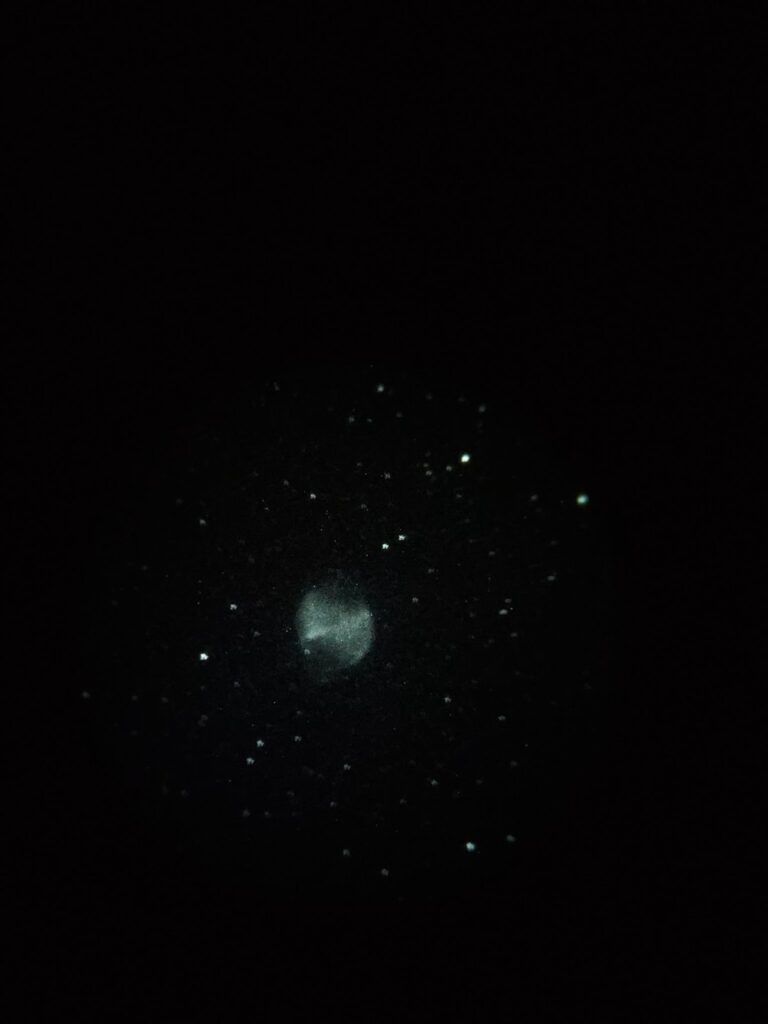

Can I see color in the Dumbbell Nebula?
It is possible to see some color in the Dumbbell Nebula. On a dark night with good conditions you can see the faint blue color of the dumbbell nebula.
Your best chance at seeing color is to have completely dark adapted vision, find the darkest skies available to you and use a medium power eyepiece.
It may appear to be a white cloud-like object when not using a filter, or under poor skies.
Photographing the Dumbbell Nebula
This is a good target for a new astrophotographer. It is similar in size to the Ring Nebula.

This is one of my first night vision images, it was taken with a go-to Dobsonian mounted reflector.
I am not much of an astrophotographer, but lately I do love taking pictures with my phone and pvs 14 night vision setup.
Also my planetary camera actually performs quite well on not only planets but also objects like m57 and even m51 one time!
Although I’ve never tried the dumbbell nebula with myZWO asi224mc, I have a feeling it would work well.
It is not a simple process, I still have trouble with it, but I think this is a good object to get you started.

